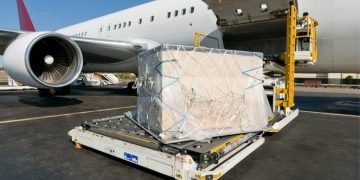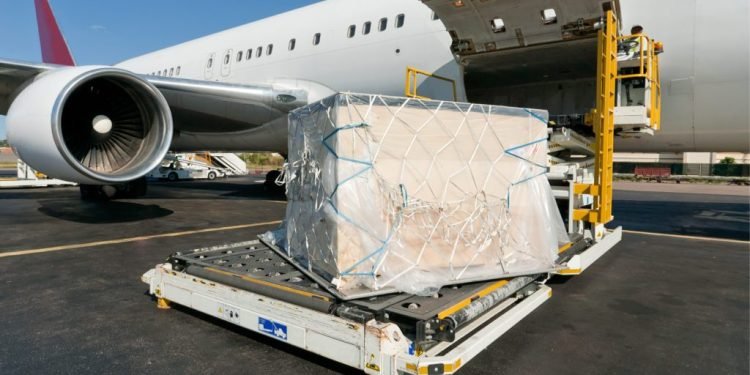[Global Market] – Air cargo rates continue to hold at elevated levels despite a slight decline in recent months, signaling persistent challenges in the global supply chain and ongoing demand for expedited shipping solutions. Industry data reveals that while rates have softened from their pandemic-era peaks, they remain significantly higher than pre-2020 averages.
Several factors contribute to this trend, including capacity constraints, fluctuating fuel prices, and shifts in consumer demand. While passenger traffic recovery has reintroduced belly cargo capacity into the market, geopolitical tensions and lingering operational disruptions have prevented a full return to normalcy in air freight logistics.
Experts note that certain trade lanes, particularly between Asia and North America, continue to experience heightened rates due to strong e-commerce demand and seasonal shipping pressures. “The market is in a period of adjustment, but the structural factors driving higher rates are not disappearing overnight,” stated a leading analyst.
For shippers, this means navigating a complex pricing environment while seeking efficiency gains through advanced logistics technologies and strategic partnerships. Freight forwarders and air cargo carriers are also adapting, with many prioritizing sustainability and digitalization to stay competitive.
Despite the challenges, the air cargo industry is poised for gradual normalization as supply chain resilience improves and new investments in infrastructure and technology take effect. Stakeholders are watching closely to see how rates evolve in 2024 and beyond.
For more insights on the latest developments in freight forwarding, supply chain management, and logistics technology, stay tuned to The Logistic News.
#AirCargoRates #SupplyChainChallenges #FreightForwarding #GlobalLogistics #EcommerceDemand #AirFreight #MarketTrends #LogisticsTechnology #Sustainability #TheLogisticNews























